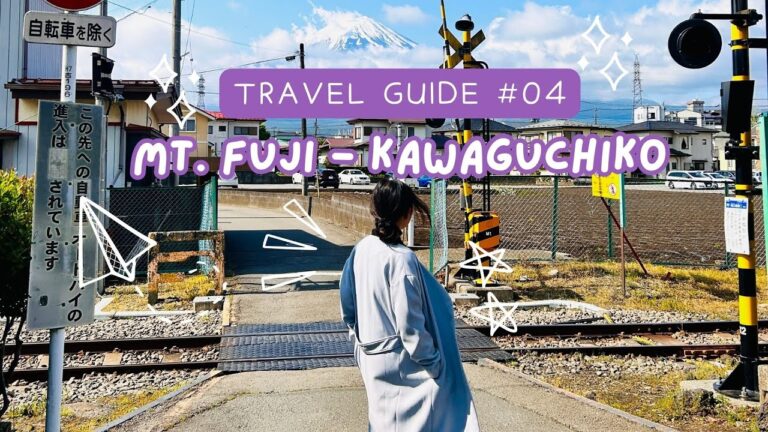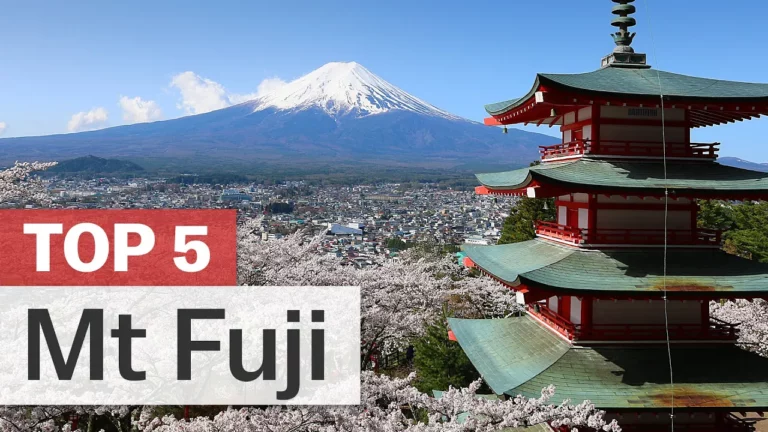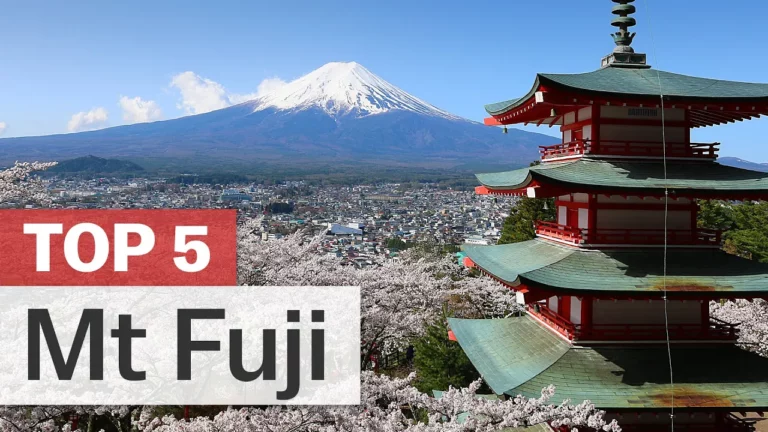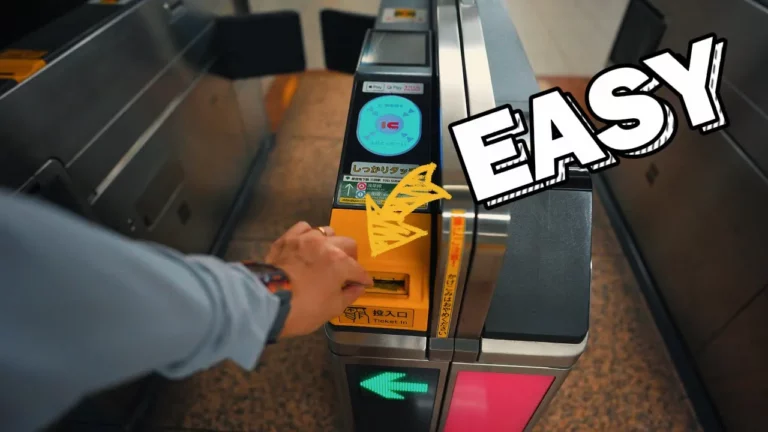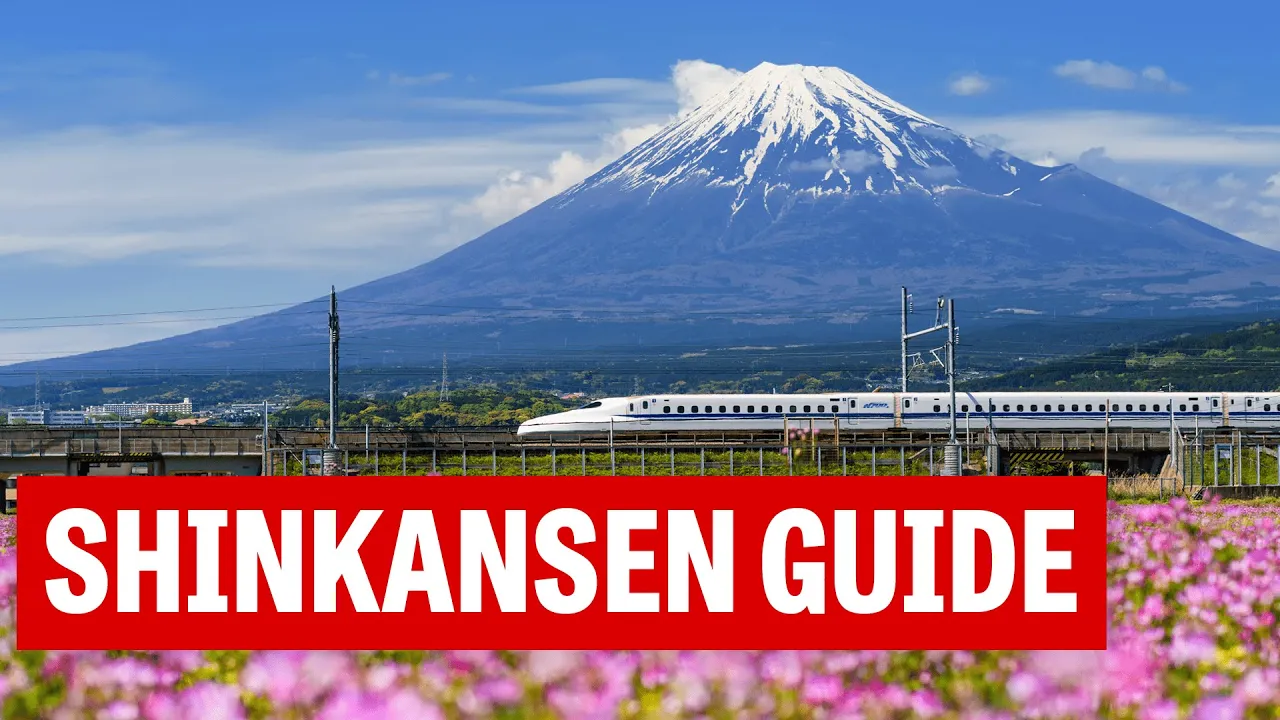
The Shinkansen, also known as Japan’s bullet train, is an emblem of the country’s advanced transportation system. It connects major cities like Tokyo and Kyoto in mere hours, making it a top choice for both locals and tourists. If you’re planning to experience this marvel of modern engineering, here’s everything you need to know.
Why Choose the Shinkansen?
Aside from its speed, the Shinkansen’s convenience and carbon-friendly operations make it an attractive option. While airfare and buses may be cheaper for some routes, the comfort of the train, with stunning views of iconic sights like Mount Fuji, is hard to match.
Rail Passes: To Buy or Not to Buy?
When it comes to tickets, travelers often wonder whether to invest in the Japan Rail Pass or opt for single tickets. The JR Pass allows unlimited access to JR trains for seven, 14, or 21 days, but the clock starts ticking upon activation. If your itinerary includes multiple long-distance trips, the pass could save you money. A swift comparison shows that single tickets are ideal for shorter journeys, providing a more economical solution for one-off travels.
Moreover, regional rail passes exist for travelers focusing on specific areas, such as the Kansai region. However, it’s crucial to remember that these passes do not cover local train lines within larger cities.
Ticket Purchasing Made Easy
Purchasing tickets might seem overwhelming, but it’s quite straightforward. The JR Pass can be bought online before traveling, while single tickets are available at ticket offices or automated machines. The choice between reserved and non-reserved seating depends on your preference for flexibility versus guaranteed seating, especially during busy periods.
New Luggage Rules Explained
Since 2020, new luggage regulations have been implemented. Smaller bags (under 160 cm in total dimensions) can be stowed overhead, but reservations are now required for larger luggage. Unique items like prams and musical instruments are exempt, allowing for easier transport.
Onboard Experience
Once onboard, passengers will find signage displaying train information in multiple languages, ensuring clarity. Amenities such as power sockets and toilets help make the journey comfortable. Dining options include Ekiben meals or convenience store snacks.
By being informed about ticket purchasing, luggage restrictions, and onboard amenities, you’ll be ready to embark on a memorable Shinkansen journey through Japan. Whether it’s your first time riding or you’re a seasoned passenger, the Shinkansen promises to be a highlight of your travel experience.

